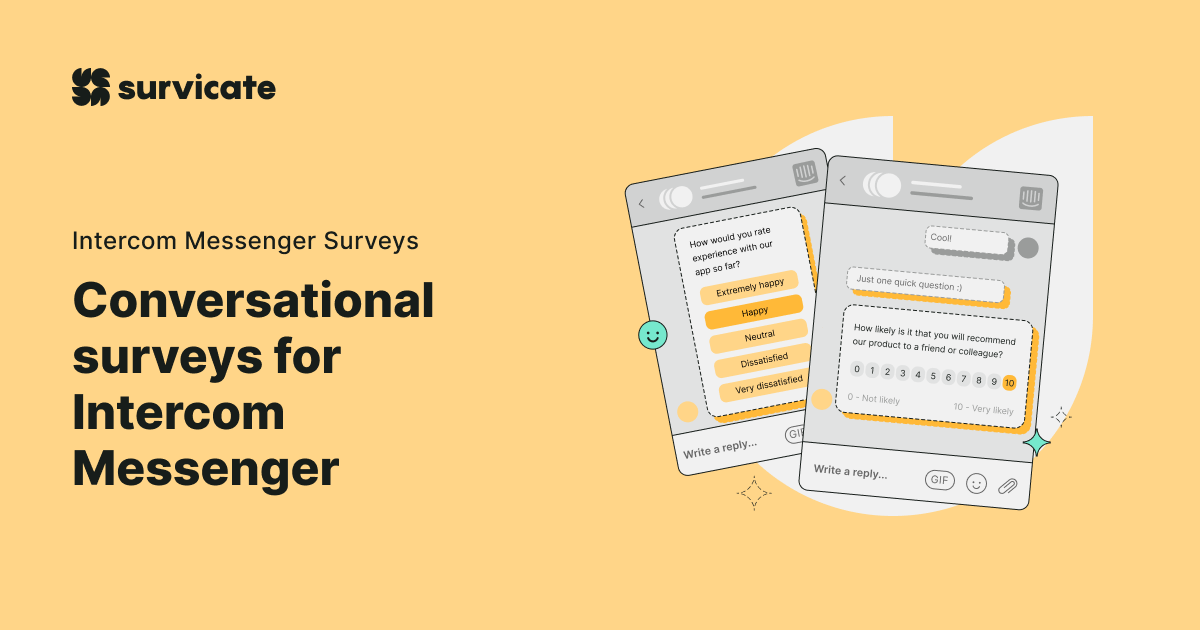The demographic survey questions aim to discover the essential characteristics of your audience. They’re usually close-ended, single- or multiple-choice questions. This standardized form makes them easier to respond to and analyze.
Here are some demographic survey question examples:
1. “What is your age?”
The most basic demographic survey question for effective audience segmentation. Commonly, different age groups have vastly different responses to different products and messages.
The answers options to this question should depend on your target audience. (The age brackets will look different if you cater to young adults than when you cater to seniors.) However, you should always start with “under X” and “over Y” answer options to cover all age groups.
2. “What’s your gender?”
Another basic demographic question that helps in effective market segmentation. It’s good practice always to leave an “I’d rather not say” or “Other” answer option next to “Male” and “Female.”
3. “What’s your ethnicity?”
A common question for in-depth demographic surveys. Considering its sensitivity, make sure you need this information before you include the question in your survey. It might be enough to focus on your respondents’ location.
4. “Where are you located?”
Use this question to confront the answers with data from your analytics tool or obtain detailed information (like zip code, if you’re a local business).
5. “What’s the highest level of school you have completed?”
This question pairs well with questions about marital and employment status. Together, they let you assume the socioeconomic status of your audience. It will also help you adjust your communication style to your audience’s preference.
6. “What’s your marital status?”
The knowledge of customers’ marital status is valuable for B2C companies – those married with children often need different products and services than single people.
7. “What’s your employment status/current position?”
The question about employment status helps B2C businesses predict their audiences’ purchasing power. B2B businesses should ask the respondents about their current position to tailor communication and services to particular niches and occupations.
Demographic survey questions usually ask your audience for sensitive information. To maximize response rates and make sure your respondents remain comfortable, follow these demographic survey best practices:
- Let the respondents know why you collect demographic data. Be honest about your survey goals – you can disclose them in the survey introduction. Even when it’s not your legislative duty, add a link to your data management policy.
- Make responses anonymous. Connecting customer data with survey responses is common for most customer surveys. However, in the case of the more sensitive demographic survey, this method might take away your credibility. If you’re performing broad market research, opt for anonymity, and make sure to inform your respondents about this fact.
- Let the respondents refrain from answering questions. Some participants might want to opt out of disclosing some information. Ensure that you always include an “I’d rather not say” answer option.
Mix and match the demographic survey questions above depending on your needs – or just use the ready-to-go survey template above.




.svg)



.webp)




.svg)
.svg)
.svg)

.svg)


.svg)






.svg)




.svg)

















.svg)






























.svg)

.svg)
.svg)



.svg)


















.svg)

.svg)

















-min.jpg)


